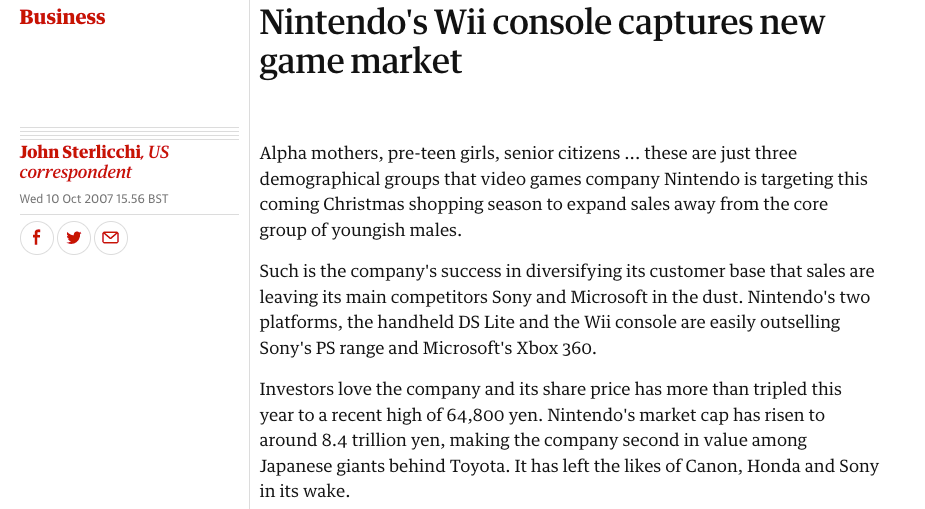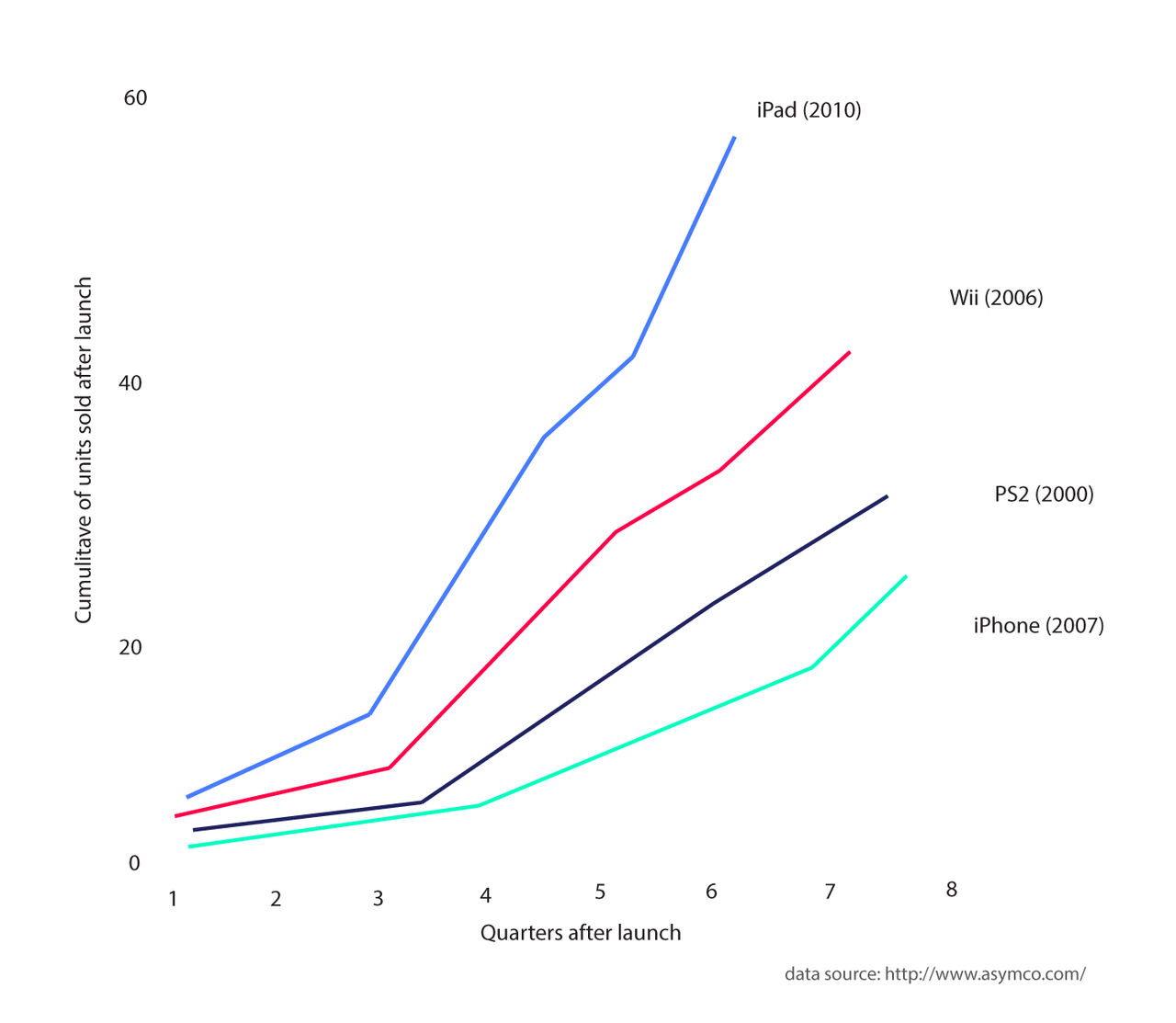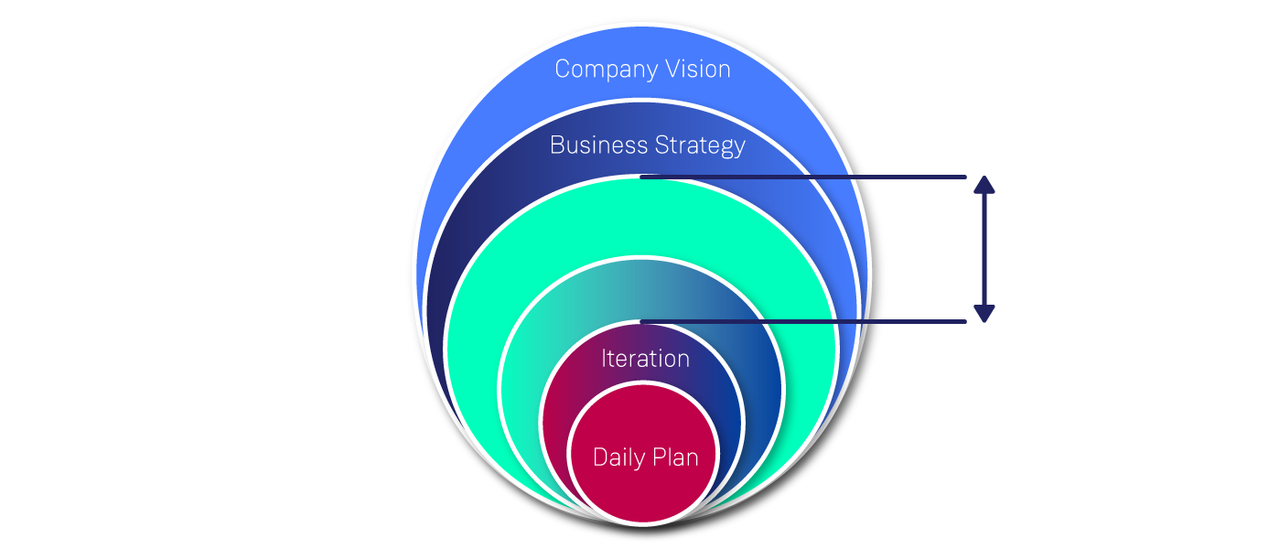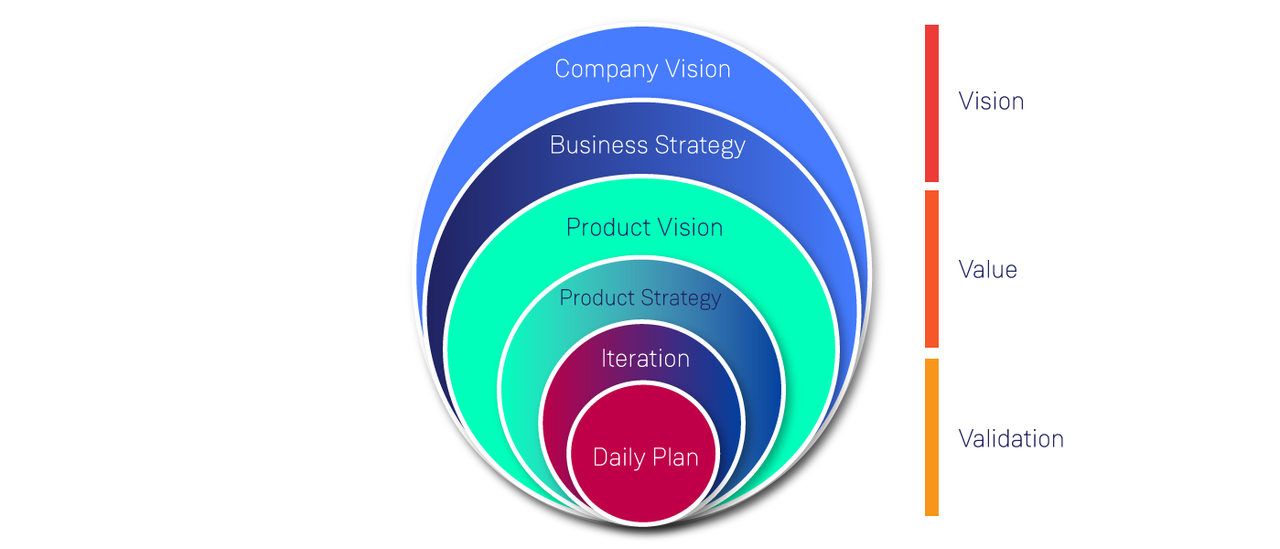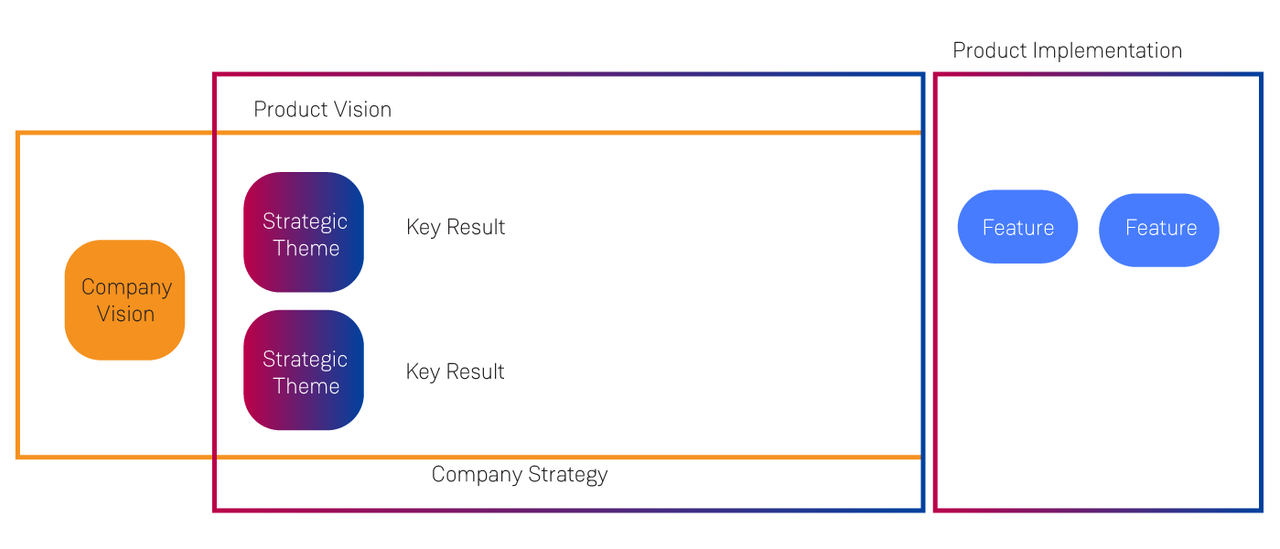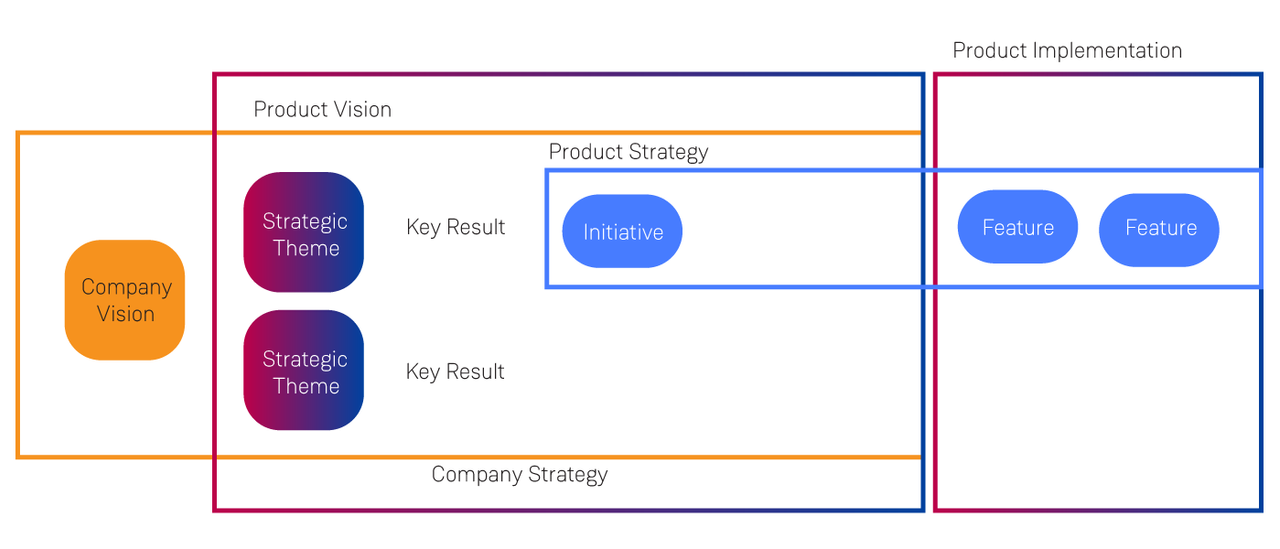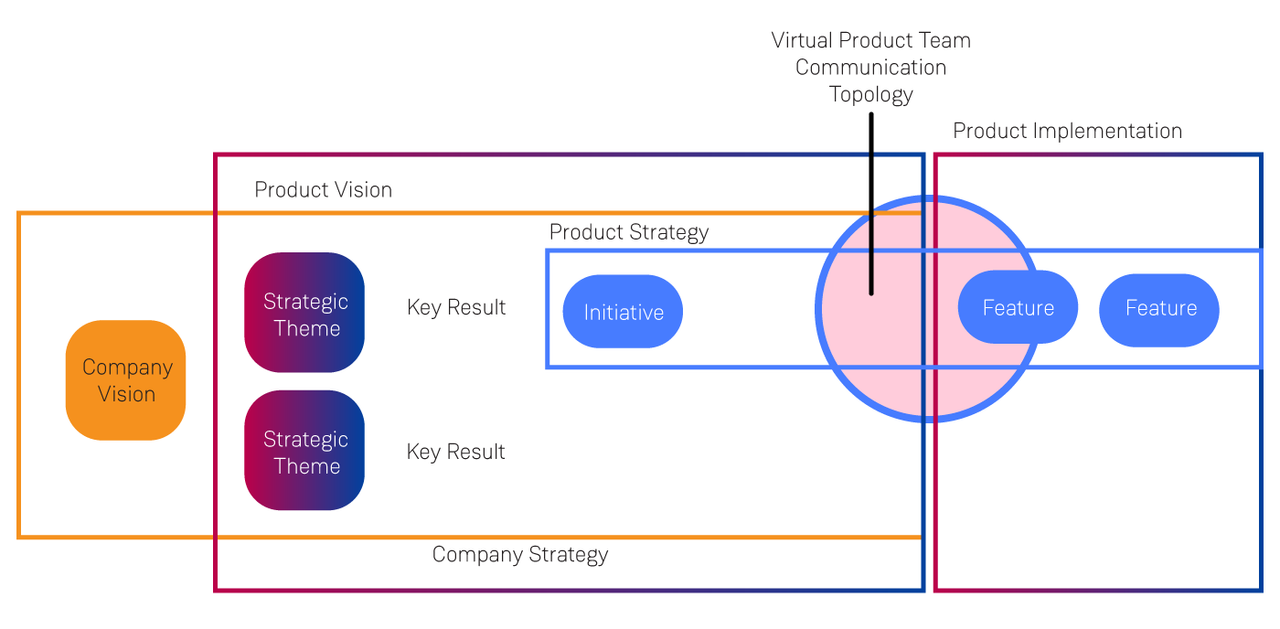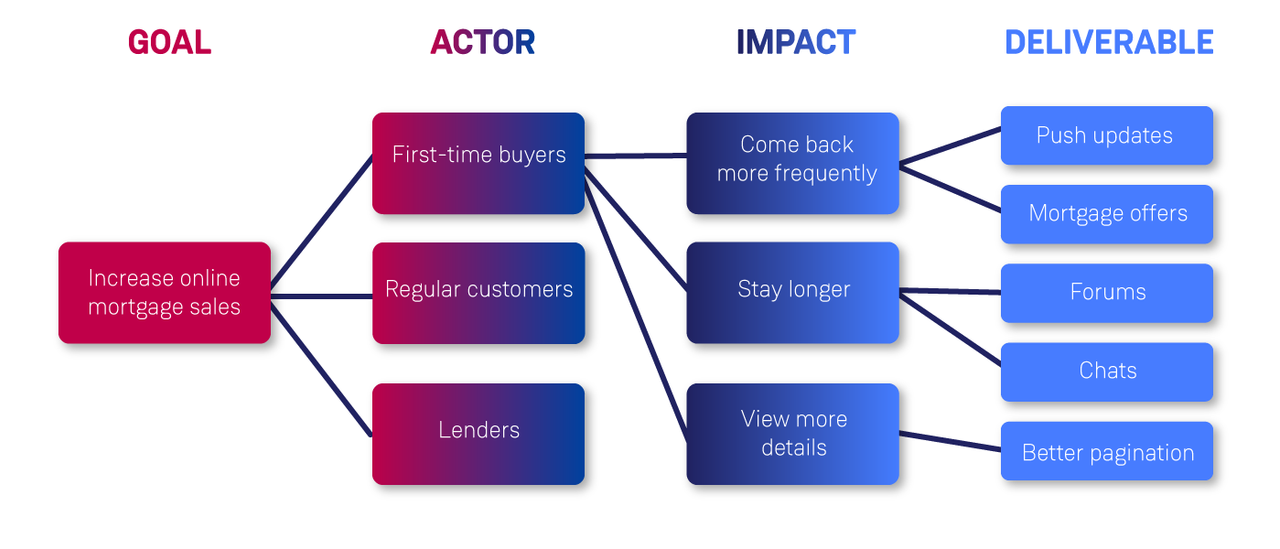Why Innovation Should Be Part of Every Step of Your Product Life Cycle
You can’t expect disruptive innovation if there’s no innovation in your process.
Remember Wolfenstein 3D? If you’re not a child of the 90s, you might not be familiar with the original first-person shooter (FPS) game that you could play on your 386SX PC. Despite the rudimentary 3D graphics and propensity to crash the computer just as you reached the final level, it had 90s teenagers hooked. The game defined a genre, but it also made the innovation path clear and, by the new millennium, the gaming giants had cracked the code.
With every new game and console release bringing us closer and closer to real life and blurring the lines between games and films, the secret to success was in finding that perfect balance between graphics and speed. All product developers had to do, it seemed, was win the “horsepower race”, by speeding up processing power and bringing us evermore realistic—or at least interesting—visuals. That was until 2006 when Nintendo decided to turn the gaming game on its head with the launch of the Nintendo Wii.
Source: The Guardian, 2007
With the Nintendo 64’s successor GameCube losing market share to Sony’s PlayStation and Microsoft’s Xbox, Nintendo needed to find a way to widen its appeal and attract new audiences. How could the company make games more accessible and attractive to new users who might not see themselves, or perhaps even want to see themselves, as ‘gamers’? It turned out that the key was to duck out of the horsepower race entirely and focus on a different priority that would see Nintendo develop a product that not only redefined gaming, but the industry itself.
In this blog we’ll explore the key facets of this approach, as well as the vital steps of product development, and how agile processes help teams respond quickly to opportunities for disruptive innovation.
Source: asymco.com
Feedback Cycles Are Vital
Good companies tie their products to the organisational vision; great companies have a product vision with an evolving product strategy.
A key part of Nintendo’s strategy was the Wii remote, a motion-sensitive controller that allowed players to interact with games in a more physical and natural way, which made it easier for those who’d never played video games to pick up and play.
The controller was developed on ideas and the confirmation of early product cycles through first-adopter feedback. Working with the existing GameCube button layout as a first product cycle, Nintendo then experimented with different forms through sketches, models and interviewing various hardcore gamers.
We call this process the continuous verification of small product changes to a minimum viable product (MVP) through feedback cycles. It’s an evolutionary process that aims to strive for perfection towards innovative features to disrupt an existing market.
While many organisations were using trends to define their product strategy, Nintendo was heavily reliant on feedback cycles. These feedback cycles ensured the console met the needs of its target audience, and Nintendo used both internal testing and external feedback from focus groups and game developers to refine the design of the console and its accompanying software.
Feedback from focus groups helped to identify gaps in the market and potential areas of innovation while user feedback via its online services showed which games and features were popular.
Developer feedback was crucial to ensuring that the console was easy to work with and that the games were optimised for the hardware. Developers had early access to development kits and were encouraged to experiment with the new controller to explore new gameplay mechanics and ideas.
Is it any wonder that a playful approach to development resulted in a more playful console?
By focusing on being different rather than better, Nintendo was able to attract both new customers and existing gamers, expanding the console market to make the Wii more successful in its first two years than the PlayStation 2.
Know Your Product
How can we apply Nintendo’s clever approach to digital transformation of traditional projects to successful evolutionary products and, ultimately, a competitive organisation? First, we have to answer the essential question, “What is your product?”. This seems trivial, but often development and even business teams struggle to answer it. Most development teams can be so caught up with work streams or projects that the business forgets to work towards a clear product vision with a clear strategy.
Interestingly, in teams where innovation is lacking we see teams whose operating models don’t support good communication, and aren’t built around product goals. Conway’s Law is the belief that, subconsciously or not, businesses will create organisational systems that closely mirror how they communicate internally. As a result, we can easily churn out meaningless features without business-driven direction or value (either to the business or the end-user).
Product development takes a collective effort with feedback cycles helping to adjust features within a product’s life cycle from an MVP to a fully competitive product solution. Breaking siloed structures enables creative ideas to flow, and with improved collaboration and communication through different teams, we can create innovative competitive products.
Identify Product Management Blind Spots
A crucial part of the collaborative wider product team is product management which must simultaneously take into account the impact of the product on the user and the technical possibilities. If the product has yet to be managed through its complete stages, something not directly tangible but sustainable will be missing in our process. It leaves a gap between the business strategy and the delivery process.
The product manager or product management team has to act as the genuine care holder that owns the product and creates the glue between business and technology. When value-driven product management becomes a product driver and creates a vision to align, the strategy will evolve into a healthy product life cycle.
Actual product ownership connects the vision with value and ultimately creates the path to validate success; this becomes the essential connection between delivery teams and business strategy where value evolves, changes or is dismissed depending on the input of the different parties that are now interconnected. As a result, product innovation will start to flow in both directions.
Transform Your Business Through Product Thinking
Teams and a Team of Teams need to be formed on product requirements to solve the problem. As we’ve learned, a collaborative product strategy is required to reflect software product development's complex nature simultaneously. Including the teams and other parts of the organisation in every step of the different planning stages allows us to produce innovation through feedback cycles, which is crucial for competitive advantage in a complex technology environment.
Agile approaches foster flexibility, adaptability, and iterative development, with continuous testing and adapting feedback that allows businesses to respond faster to changing customer needs and market conditions. More and more companies are choosing agile or lean approaches to develop competitive digital products, but product development only leverages its total value when we look at the whole product strategy and life cycle.
The following diagrams illustrate the three steps that lead to a change in business processes from project management to product thinking, from the strategic level of innovation, to product implementation and back.
Step 1: Changing vertical hierarchical structures to a horizontal flow. We now have the chance to replace the waterfall model with a more elegant model that allows transparency and flexibility.
Step 2: With the definition of the product vision based on strategic themes, we can create new initiatives with hypothesis-matching organisational vital results. Furthermore, the initiatives are linked to the features and bridge the gap between strategy and implementation.
Step 3: Start the innovation process with collaboration between business and technology and validation of the hypothesis through feedback. This creates a virtual product team with product management as a facilitator and driver of the feature development process. Now there’s a connection established to allow transparency from downstream with the development teams to the upstream with product strategy as part of the company vision. The change in your operation model towards collaboration and complete transparency up to the business strategy creates purpose throughout the organisation and answers people’s questions about why they are here.
Engage Your Product Team in the Innovation Process
Now that we set up the stage, we need to think about the collaboration tools for product management that will engage our team in the product cycle.
There are different views on strategy, hypothesis and value, so product management needs to facilitate different stakeholders and product groups to drive innovation. Also, this is where product development becomes user-centric and we work to understand the customer’s perspective, rather than focusing on what we might find interesting from a technical or development perspective. For example, when a bank customer wants to apply for a mortgage, they don’t want to know about the database details but they do want a clear overview of the tariffs; as a user of a critical search, you don’t want to have a fancy caching algorithm, but excellent search results with context.As a user, I want an excellent user experience that drives a direct impact from the product to my expectation of value.
Important aspects to consider when looking at the groups participating in the product design process:
- User centricity
- Functionality
- Environmental impact
- Business impact
- Technology
- Feasibility
With that in mind, we are ready to determine the impact we want to make on the user experience to create a great product.
Make an Impact on Your Customer Experience
The transition from product goals to deliverables is not a trivial exercise. Many stakeholders view the importance of features to match the hypothesis. Also, very often, different user types or actors have different needs. Impact maps (available from impactmapping.org) help to break down the goals into deliverables with the virtual team.
In this example impact map our goal is to increase mortgage sales.
Once we know more about our customer experience and the user needs, we can take the features and break them down through a process of user story mapping. This is when the development and product management teams will discuss the product and user journey and identify the necessary actions to take to build a first iteration of our product.
Measure Success
The success criteria for product innovation measures are crucial, and if we measure our development velocity, we won’t get anywhere—we need to prioritise value over output. This requires us to find critical measures for customer satisfaction and customer experience to have a successful product strategy. Product success criteria:
- Functionality
- Usability
- Market penetration
- Technology advantage
- Positive environmental impact
We can hardly measure any of these criteria with the number of features we produce. If we are looking at very successful products, we don't see massive features, especially in their first iteration, but tremendous customer satisfaction. If we convince early adopters of the product's value, the power of word-of-mouth will see a wave of customers following suit, without us investing a penny in marketing.
Summary
Product development is a collective effort. The different perspectives and the feedback cycles help the innovation process to unfold. The business strategy drives the product and ultimately gives direction but with effective product management that brings business and technology together, innovation will spread
The involvement of development teams, SRE teams or operations in experimentation on new things rather than blindly following requirements is essential to developing exciting, valuable products for our customers. In his book Accelerate: Building and Scaling High-Performance Technology Organizations, Jez Humble recommends that “developers’ experimentation should be combined… working in small batches, making the flow of work through the delivery process visible to everyone and incorporating customer feedback into the design of products.” This, he writes, ensures that teams make “well-reasoned, informed choices about the design, development and delivery of work”.
How do we know that a hypothesis will be successful? The simple answer is we don't but we can still be successful with our product as part of the organisation's broader strategy.
The more important question is, what is the MVP to help us to validate our assumptions? We can answer this by reversing the feedback cycle from the customer to our product life cycle strategy, which allows us to change our approach and sometimes even realise the vision will not become a reality. Even this is a vital piece of information as we can still change and focus on a different hypothesis rather than investing massive amounts of money trying to prove assumptions.
At Contino we can help you identify blockers to innovation and adopt agile approaches that will allow you to innovate and adapt fast. Get in touch to find out more.


